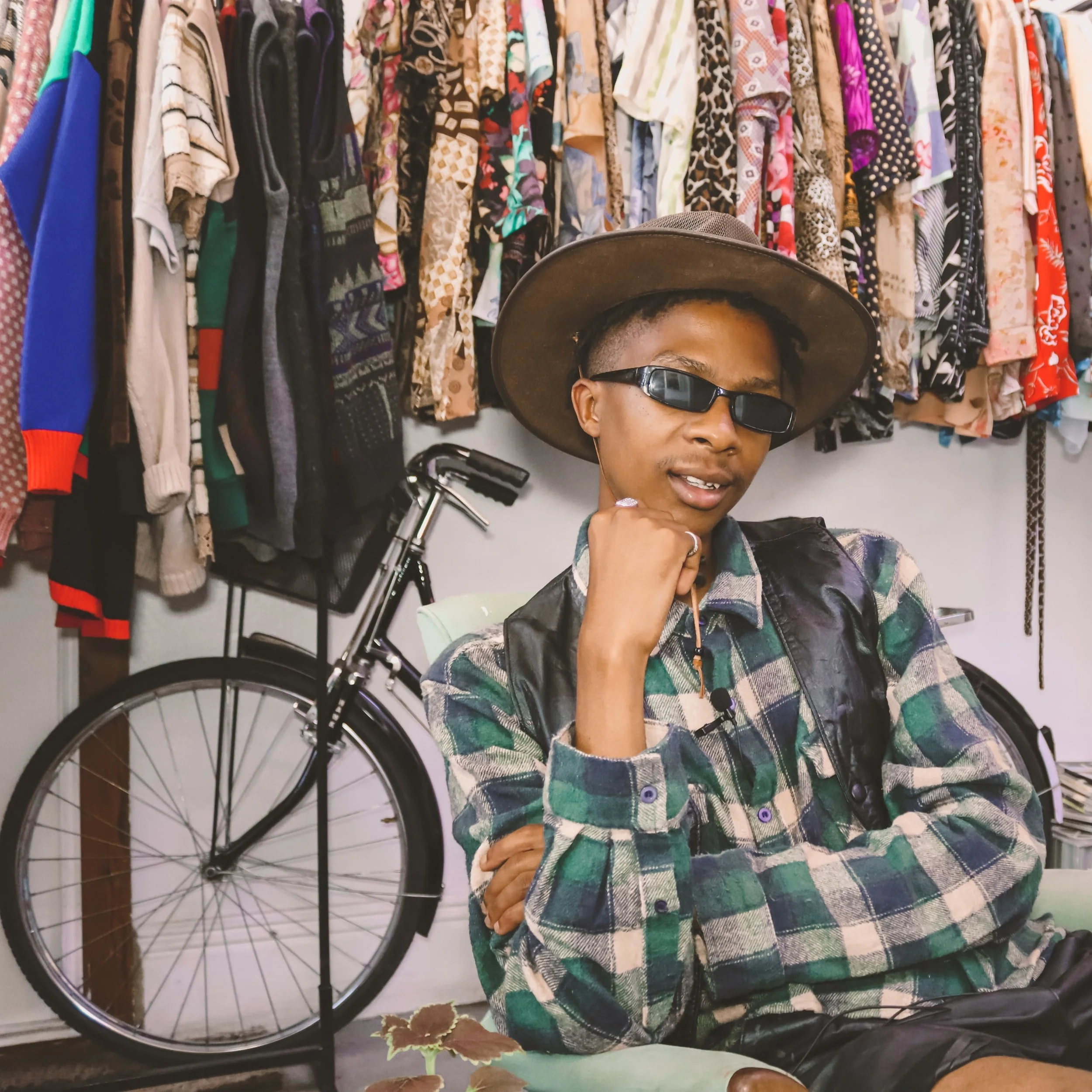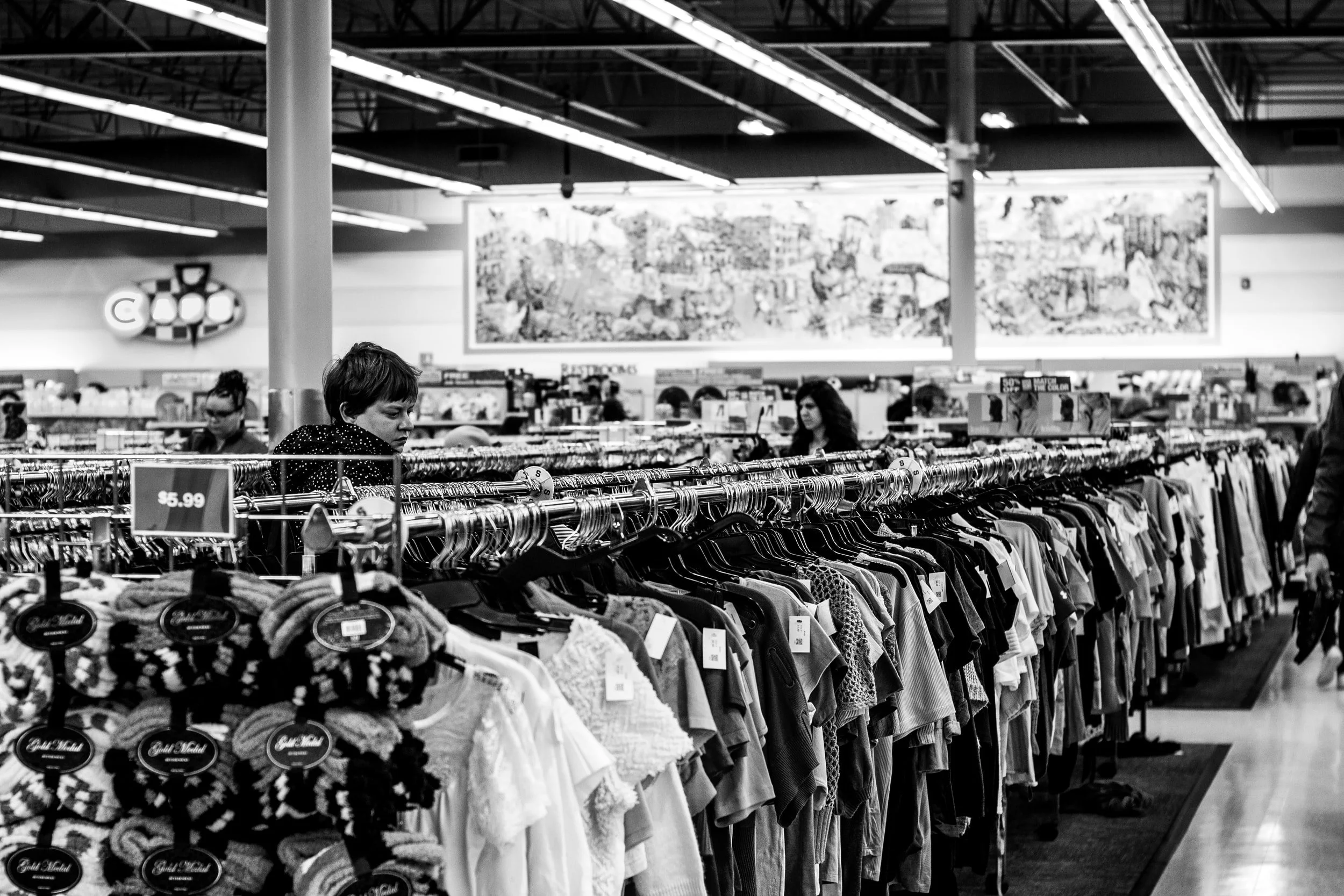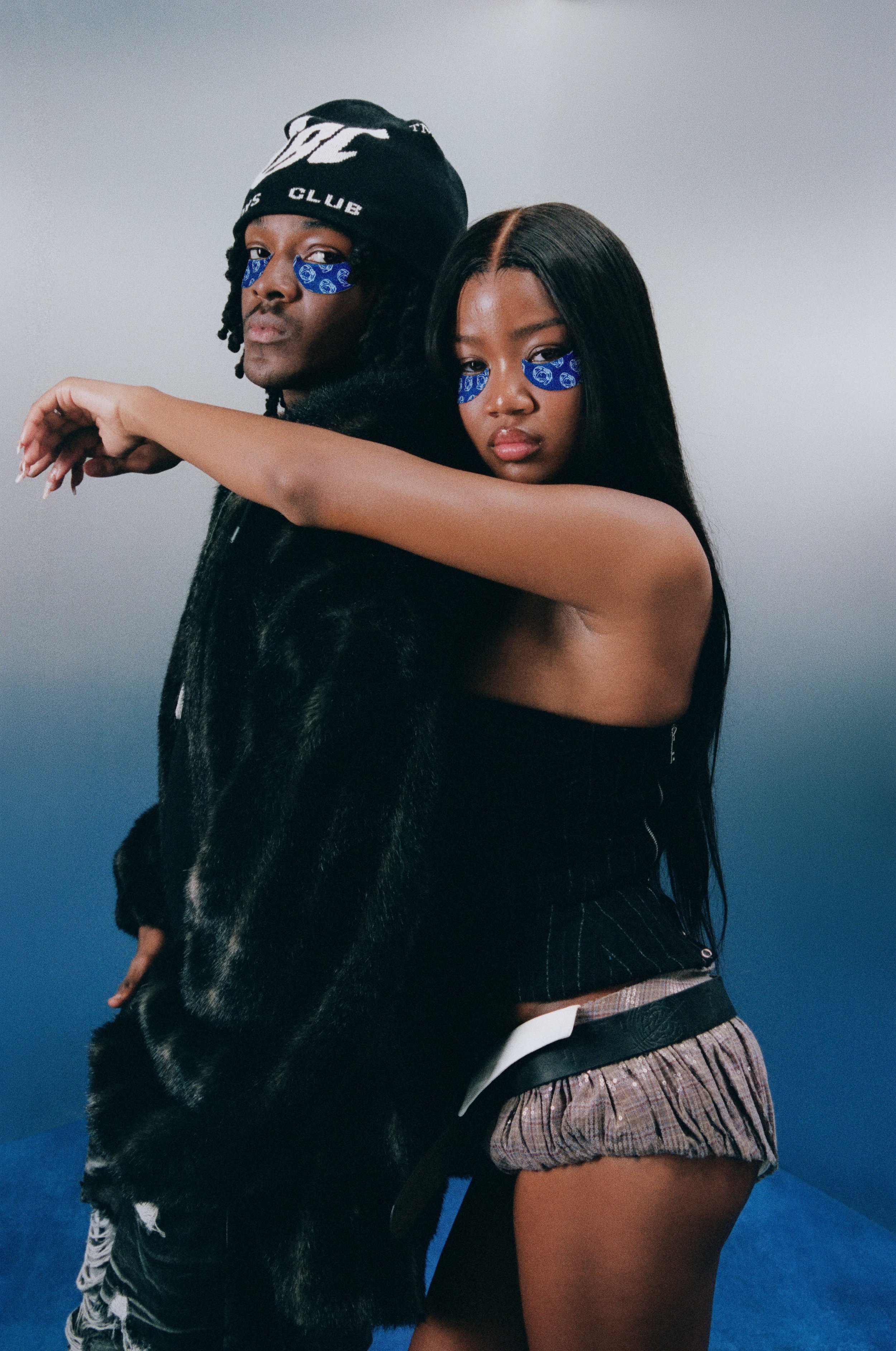5 Sustainable Trends For Shopping Fashion In 2022
By PAGE Editor
Ethical fashion is gaining traction in the global apparel sector for various reasons. Fashion that is socially conscious and ethical is more vital than ever.
Small and large garment firms focus on sustainable and eco-friendly products to remain competitive in a market where consumers become more aware of environmental and social issues.
The year 2022 can be a watershed moment in the march toward sustainable fashion. This article will look at some of the fascinating sustainability trends this year.
Keep in mind, you want to meet friends who can put you. on to deals. With new tech like the Mobilo card, you can easily connect with fellow fashion, and bargain hunters.
1. Secondhand Fashion
In recent years, any stigma traditionally associated with secondhand purchases has vanished. Previously, sellers had to be concerned about the freshness of styles on resale sites, but now, even the most out-of-date things are swiftly selling out.
The rise of secondhand shopping and a new view on fashion's relevance gives businesses unprecedented chances to adjust their pricing strategies. You can visit local thrift stores or buy from online shops to find more affordable options. You'll be able to find tops, bottoms, handbags, shoes, and other clothing pieces at a reasonable price.
Due to the high demand for items from pre-owned fashion brands, retailers offering secondhand options can be fussier in their offerings. By monitoring rival pricing with market data, these specialty retailers can uncover pricing opportunities based on the complexities of how their assortments correspond with current trends in comparison to the competitors. Browse and look for shops with reasonable pricing, and don't only settle for the already known shops to find rare gems.
2. Recyclable Textile
One of the fashion industry's most fundamental issues is its throwaway mentality regarding outdated goods. In recent decades, fashion has become disposable due to fast fashion firms' regularly changing collections and low-quality products.
Additionally, as consumer spending habits have nearly doubled since 2000, the fashion sector now generates approximately 40 million tons of textile waste annually. As a result, it's only natural that sustainable fashion brands like Myra would incorporate recyclable and upcycled materials.
After all, items composed of biodegradable materials and designed for recycling may contribute to the reduction of raw material exploitation and textile waste. In the long run, recyclable materials have the potential to transform the fashion industry into a circular economy, enhancing its ecological and sustainability credentials dramatically.
3. Next-Generation Materials
Both natural fibers and fibers derived from fossil fuels require significant energy. However, there is a glimpse of hope. By 2022, many producers will use low-impact materials such as mycelium-grown leather and spider silks.
While the apparel industry anticipates next-generation alternatives that offer a more sustainable future and the ability to lower the sector's carbon footprint drastically, these technologies are in their infancy. As a result, additional funds and time will be required to detect them in-store.
This year, brands will be premium on eco-friendly materials and manufacturing processes. Additional opportunities will arise as the manufacturing of next-generation materials ramps up due to technological improvements, increased investment, and high-profile collaborations. You can immediately begin reducing the industry's overall carbon footprint by implementing these items, even spending more and purchasing less initially.
4. Capsule Wardrobe
Most people have enough clothing to fill a container or two with items they no longer want or need. Instead of acquiring goods, you will never wear, shopping wisely includes purchasing only essential pieces that complement every look.
A capsule wardrobe is a collection of interchangeable, timeless clothes. It is typically made up of no more than 50 interchangeable pieces. Fear not if you're unclear about how to make one; you can start small.
Browse through your closet and evaluate what you already own and your chosen colors and designs. Then donate or sell anything that no longer fits your aesthetic. The objective is to have a few key pieces in your closets, such as a black jacket or a pair of skinny blue jeans that you know will be worn regularly and in various styles.
5. Rental Fashion
Another trend that runs counter to new clothes purchases and disposable fashion is renting and sharing apparel. Many startups, initiatives, and platforms have developed to assist clients with garment swapping and borrowing in recent years. Like a library, one might rent it for a set amount of time instead of purchasing new clothing.
The concept makes a lot of sense for special occasions. And, based on demand and hype, it's clear that this tendency will continue for years. On the other hand, the clothing rental system is not as circular, environmentally friendly, or sustainable as it appears.
Takeaway
While fashion fads come and go, the movement toward sustainability will endure! While reforming the fashion industry's practices will take time, sustainable trends are. These fashion trends may herald the start of a revolution that transforms the fashion business into one that is more sustainable and helpful to the planet's health.
HOW DO YOU FEEL ABOUT FASHION?
COMMENT OR TAKE OUR PAGE READER SURVEY
Featured













Miami Art Week 2025 Powered by Art Hearts Fashion closed out the year with a high-impact, citywide series of runway shows, designer debuts, and star-studded events across Miami’s most iconic venues, celebrating global creativity, inclusivity, and the intersection of fashion, art, and culture.